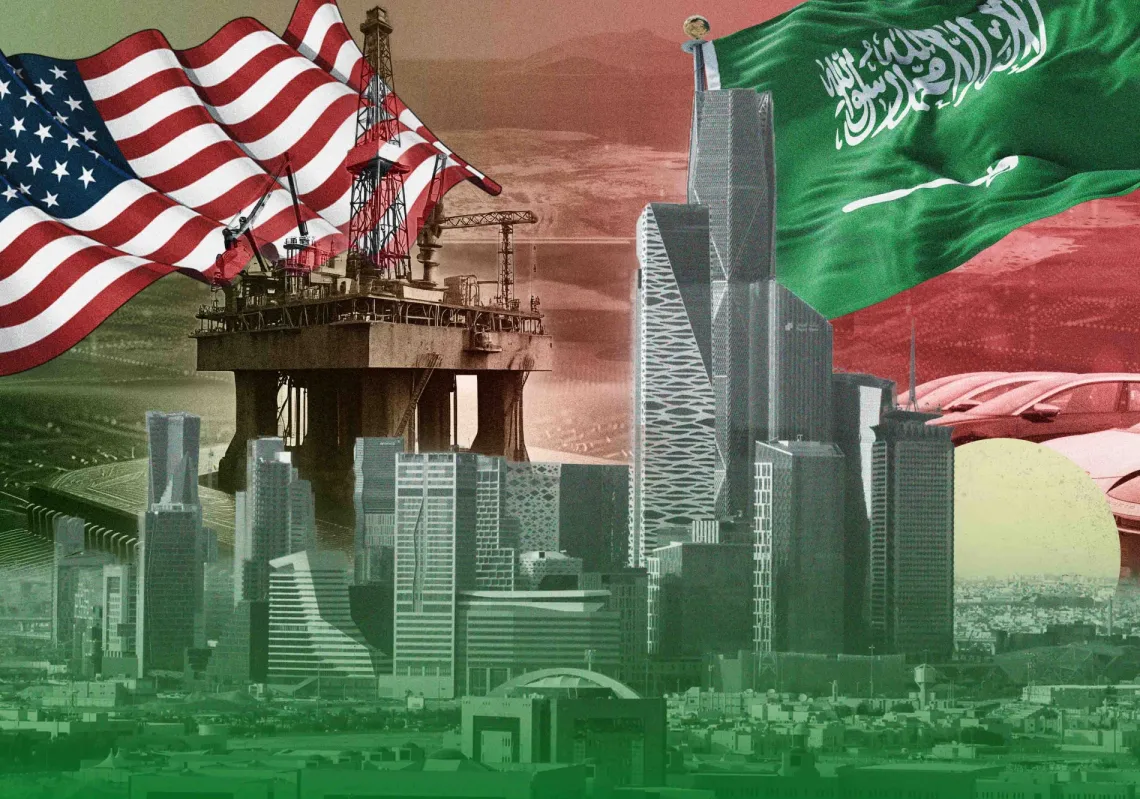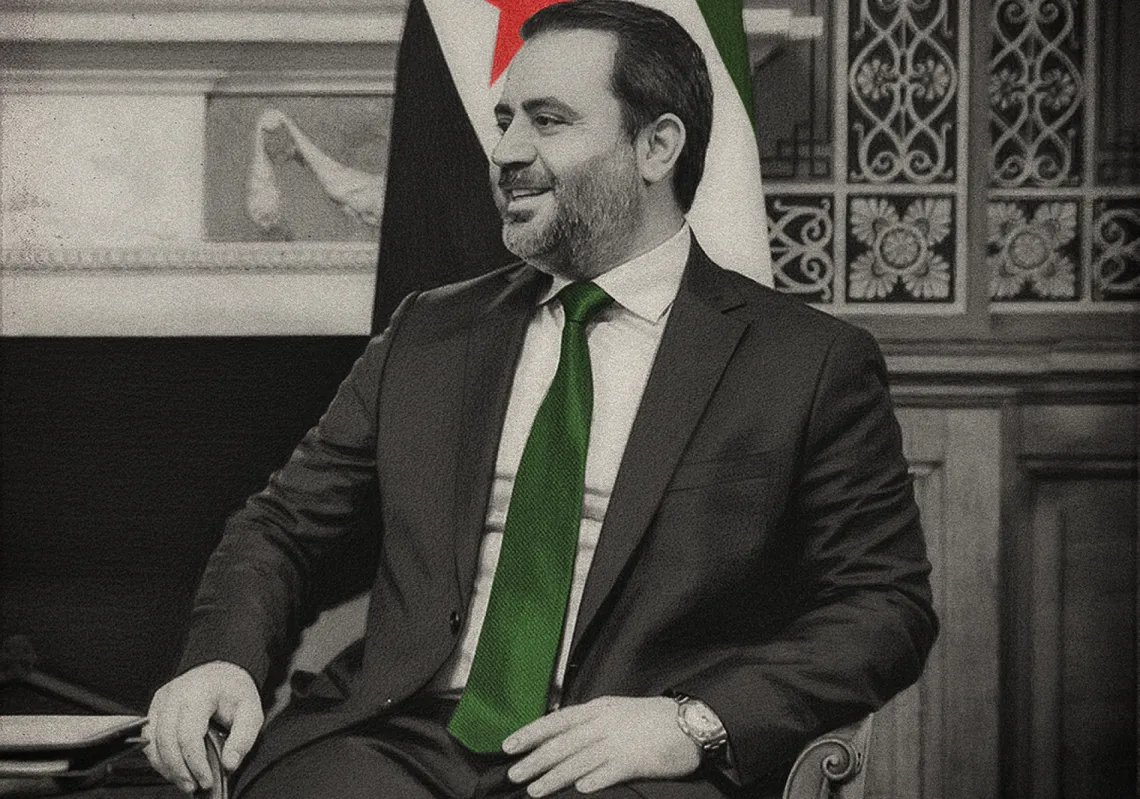 Osama: The Making of a Terrorist
Osama: The Making of a Terrorist
Jonathan Randal
I.B Tauris
2012 (revised edition)
Strangely, for a book named after its subject, the new, revised edition of Jonathan Randal’s ‘Osama: The Making of a Terrorist’ does not enquire very deeply into the life and character of Osama Bin Laden the man, but rather the effect of his notoriety on the world around him.
The author is so refreshingly candid that at times he runs into trouble trying to ‘figure out’ the psychology of the man he seeks to profile, though he does speculate that Osama’s upbringing as one-amongst-many sons of a respected, distant father, and the offspring of a low-status wife, did something to fuel a desire to distinguish himself amongst his contemporaries. Despite this, Randal does provide a measured and reasonably thorough overview of the notorious terrorist’s life, though he naturally concentrates on what he considers to be Osama’s most important formative experiences, such as his involvement in the struggle against the Soviet Union in Afghanistan and his time in exile in Sudan.
The book’s strengths are to be found in Randal’s examination of the effect of the murderous activities of Osama and his organization on the US government and its policies. He is unsparingly critical, though convincing, in his descriptions of American policymakers and their attempts to get to grips with the problem of Al-Qaeda’s terrorism, especially in terms of its attempts to trace the sources and movements of Al Qaeda’s funds and support network.
The section in which Randal describes the bureaucratic infighting within the American government on how to tackle Bin Laden during his time in the Sudan, and the American approach to that state as a whole, is particularly interesting, as is his discussion of relations between Bin Laden and his Sudanese hosts - an area that has been overshadowed in light of later events. Randal also takes aim at some myths surrounding Bin Laden and Al Qaeda, arguing convincingly against the notion that Al-Qaeda and Bin Laden’s career are the result of ‘blowback’ from CIA operations against the Soviets in Afghanistan, and that the Arab volunteers who traveled to Afghanistan to fight the USSR played a major role in the fighting.
Randal’s loose focus on Bin Laden also pays off in a fascinating diversion into the role of the brutal conflict in Algeria in the 1990s in radicalizing and recruiting some young Muslim men into Al Qaeda and its affiliates, as well as some young Muslim Europeans.
Overall, it is an obvious work of a veteran foreign correspondent. The style of the prose is forthright without being too preachy and brisk without being clumsy. Randal relies heavily on anecdotes and anonymous sources, but these tend to be good enough to justify their use.
There is also an added timeliness in Randal’s description of Bin Laden’s youthful concerns for events in Syria in the late 1970s and early 1980s and the Assad dynasty’s struggle with the Muslim Brotherhood, leading the reader to wonder what will emerge from the current Syrian crisis in the longer term.
While the book is a useful introduction to the career of the notorious terrorist and his organization while it is still in the public consciousness, it has been superseded by other works in terms of depth. Those wishing to understand the nature of Al Qaeda as an organization, or the context in which Islamist militants rose to become such a threat would be well advised to look elsewhere for more comprehensive answers.
On the whole, the book is a useful and highly readable introduction to the career of Osama Bin Laden and his role in international terrorism. It’s most valuable contribution comes when Randal breaks away from his subject and uncovers new perspectives on the events that shaped Bin Laden’s life and career, and takes the reader behind the scenes of international attempts to deal with the mayhem he caused.








